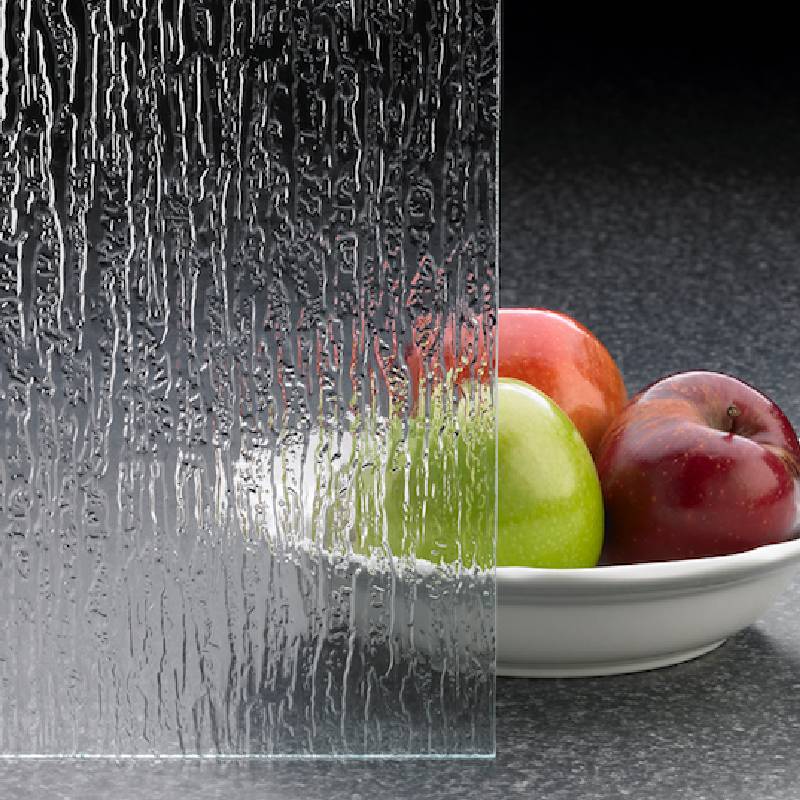Fully Tempered Glass A Comprehensive Overview
Fully tempered glass, also known as toughened glass, is a safety glass processed through controlled thermal treatment. This process ensures that the glass is significantly stronger than normal glass, making it an ideal choice for various applications in both residential and commercial settings. The production of fully tempered glass involves heating the glass to over 600 degrees Celsius and then rapidly cooling it. This method introduces compressive stresses on the surface, resulting in a product that is not only stronger but also more resistant to thermal stress and impact.
One of the primary characteristics of fully tempered glass is its ability to withstand high levels of stress without breaking. In fact, fully tempered glass can be up to five times stronger than standard glass of the same thickness. This property makes it particularly beneficial in environments where safety is a concern. For instance, fully tempered glass is widely used in shower doors, glass railings, and facades of commercial buildings. Its strength and transparency offer both security and aesthetic appeal.
Another significant advantage of fully tempered glass is its ability to shatter into small, blunt pieces when broken. This safety feature reduces the risk of injury, making it a preferred choice for public spaces and areas accessible to children. Moreover, in the event of an accident, the glass can break evenly, allowing for easier clean-up and reducing the potential for serious injuries associated with sharp shards of standard glass.
fully tempered glass
In addition to its safety features, fully tempered glass has excellent thermal resistance. It can endure rapid temperature changes without warping or cracking, making it suitable for applications like glass doors and windows where exposure to sunlight may cause significant heat fluctuations. Its thermal properties also make it ideal for use in the kitchen, where it can be applied in oven doors and other high-heat applications.
Installation of fully tempered glass is relatively straightforward, but it requires a level of expertise to ensure that the glass is fitted correctly. Due to its strength, specially designed mounting hardware is often necessary to handle its weight and to ensure that it performs optimally. It is crucial for installers to adhere to the manufacturer’s guidelines to avoid compromising the glass’s integrity.
Despite its numerous benefits, fully tempered glass can be more expensive than annealed glass due to the additional processing involved. However, many consider the investment worthwhile, especially when considering the long-term durability and safety that it provides. Furthermore, advances in manufacturing techniques are continually driving down costs, making fully tempered glass more accessible for various projects.
In summary, fully tempered glass stands out due to its remarkable strength, safety, and thermal resistance. Its ability to shatter into small pieces rather than sharp shards makes it an excellent choice for environments where safety is a priority. With its growing popularity in modern architecture and interior design, fully tempered glass not only enhances the visual appeal of spaces but also contributes significantly to the safety and durability of structures. As demand for high-quality safety materials continues to rise, fully tempered glass is expected to play an even more prominent role in the building and construction industry, ensuring that spaces continue to be safe and stunning for years to come.
 Afrikaans
Afrikaans  Albanian
Albanian  Amharic
Amharic  Arabic
Arabic  Armenian
Armenian  Azerbaijani
Azerbaijani  Basque
Basque  Belarusian
Belarusian  Bengali
Bengali  Bosnian
Bosnian  Bulgarian
Bulgarian  Catalan
Catalan  Cebuano
Cebuano  Corsican
Corsican  Croatian
Croatian  Czech
Czech  Danish
Danish  Dutch
Dutch  English
English  Esperanto
Esperanto  Estonian
Estonian  Finnish
Finnish  French
French  Frisian
Frisian  Galician
Galician  Georgian
Georgian  German
German  Greek
Greek  Gujarati
Gujarati  Haitian Creole
Haitian Creole  hausa
hausa  hawaiian
hawaiian  Hebrew
Hebrew  Hindi
Hindi  Miao
Miao  Hungarian
Hungarian  Icelandic
Icelandic  igbo
igbo  Indonesian
Indonesian  irish
irish  Italian
Italian  Japanese
Japanese  Javanese
Javanese  Kannada
Kannada  kazakh
kazakh  Khmer
Khmer  Rwandese
Rwandese  Korean
Korean  Kurdish
Kurdish  Kyrgyz
Kyrgyz  Lao
Lao  Latin
Latin  Latvian
Latvian  Lithuanian
Lithuanian  Luxembourgish
Luxembourgish  Macedonian
Macedonian  Malgashi
Malgashi  Malay
Malay  Malayalam
Malayalam  Maltese
Maltese  Maori
Maori  Marathi
Marathi  Mongolian
Mongolian  Myanmar
Myanmar  Nepali
Nepali  Norwegian
Norwegian  Norwegian
Norwegian  Occitan
Occitan  Pashto
Pashto  Persian
Persian  Polish
Polish  Portuguese
Portuguese  Punjabi
Punjabi  Romanian
Romanian  Russian
Russian  Samoan
Samoan  Scottish Gaelic
Scottish Gaelic  Serbian
Serbian  Sesotho
Sesotho  Shona
Shona  Sindhi
Sindhi  Sinhala
Sinhala  Slovak
Slovak  Slovenian
Slovenian  Somali
Somali  Spanish
Spanish  Sundanese
Sundanese  Swahili
Swahili  Swedish
Swedish  Tagalog
Tagalog  Tajik
Tajik  Tamil
Tamil  Tatar
Tatar  Telugu
Telugu  Thai
Thai  Turkish
Turkish  Turkmen
Turkmen  Ukrainian
Ukrainian  Urdu
Urdu  Uighur
Uighur  Uzbek
Uzbek  Vietnamese
Vietnamese  Welsh
Welsh  Bantu
Bantu  Yiddish
Yiddish  Yoruba
Yoruba  Zulu
Zulu 

